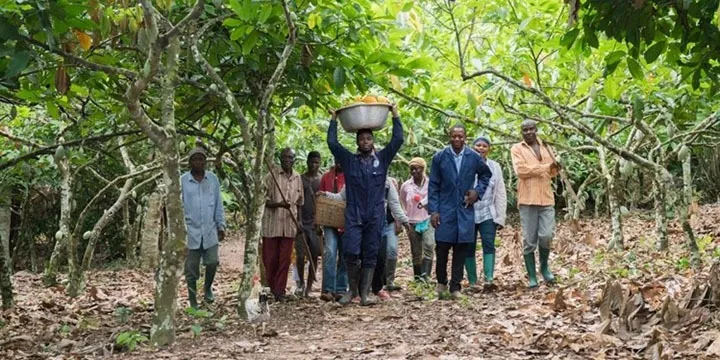CocoaAction: is it making a difference?

CocoaAction’s latest annual report contains only baseline data and it is too early to assess impact, says the World Cocoa Foundation (WCF).
> There’s so much going on in the report that it’s difficult to summarize beyond, “If Cocoa Action is making a difference *so far*, it’s not making a difference for most cocoa farmers, including those who have signed on.”
I encourage everyone to go [read the full article on ConfectioneryNews](https://www.confectionerynews.com/Article/2017/11/23/CocoaAction-Is-chocolate-industry-sustainability-push-working) .
Art Pollard, over on FB in the post where I learned about this article, says one problem is the low price of chocolate; as long as chocolate is cheap, cocoa is going to remain cheap. He points out that a tiny bonbon can cost $2-3 whereas people have trouble paying $5 for a whole chocolate bar. One of my takes on this argument is that bean-to-bar chocolate makers need to start making things they can charge a lot more for and where the distribution channels are not so choked.
Unfortunately, most of “big chocolate” consists of publicly-traded companies and they have a fiduciary responsibility to maximize shareholder return. This creates a fundamental conflict of interest that cannot be resolved by normal market dynamics.
I don’t have a simple answer for this dilemma. I do know that one of the promises of the modern small-maker small-batch craft chocolate is to help farming families improve lives and livelihoods but, as I point out in Part 1 of my 2017 State of the Market series, there is increasing evidence of an oversupply of beans that the community already can’t absorb entirely. That’s a bad sign for everyone who is a fan of better chocolate.
https://www.reuters.com/article/westafrica-cocoa/west-african-cocoa-plan-needs-to-focus-on-farmers-barry-callebaut-idUSL8N1NT4JG